Cuzcurrita de Río Tirón, La Rioja: a stroll among walls, wine and devotion
Nestled in the heart of the Rioja Alta, in the Haro region and just 51 km from Logroño, the village of Cuzcurrita de Río Tirón unfolds like a little treasure surrounded by vineyards, rolling hills and the constant waters of the River Tirón, which runs through it from side to side. This village, with just 550 inhabitants, is much more than a simple dot on the map: it is living history, architecture with character, spiritual heritage and a land of full-bodied wine. Along its cobbled streets, flanked by noble houses, flower-filled balconies and stones bearing coats of arms that tell of times gone by, Cuzcurrita offers a journey that combines the medieval soul of a fortified town with the authenticity of a devout agricultural village. A place to let yourself be carried away by the calm, the beauty of the natural environment and the flavours of a fertile land that has given its all for centuries.
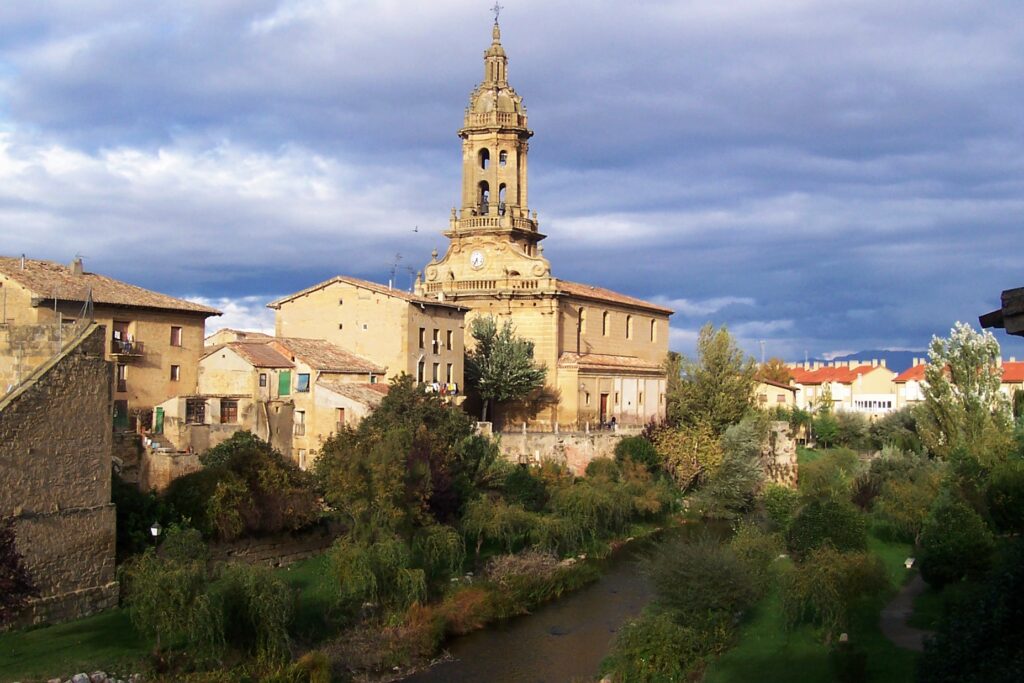
Brief geographical and historical introduction
Cuzcurrita covers an area of 19.2 km² and sits at an altitude of 519 metres above sea level, at the foot of Mount El Bolo, a hill that serves as its backdrop and identity. The Tirón River, one of the seven rivers that cross the region towards the Ebro, runs through the town centre and has historically been the hub of its economic and cultural activity. The first documents mentioning the town date back to 1062, when a Royal Decree by King Sancho Garcés IV of Navarre granted properties in the area to a nobleman from Zarratón.

Even then, the place name appeared as ‘Coscorrita’. Over the centuries, and after various changes of ownership and names, in 1367 King Henry II of Castile granted the Lordship of Cuzcurrita to Juan Martínez de Rojas, consolidating its strategic importance. During the 16th century, Pedro Velasco and his wife Marta de Rojas founded the Cuzcurrita estate, leaving their coat of arms carved in stone on the castle gate as a testimony to their legacy. The town was walled and fortified, and its importance as a defensive enclave remained evident well into the 19th century. It was also one of the 54 founding municipalities of the Royal Economic Society of La Rioja in 1790, an example of its involvement in the ideals of the Enlightenment.

Architectural and Cultural Gems
The heritage of Cuzcurrita de Río Tirón reflects its rich history and is a delight for the senses.
Castillo de los Velasco: stone, power and lineage
Dominating the landscape, the Castillo de los Velasco, built in the late 14th or early 15th century by Pedro Suárez de Figueroa, is an imposing fortress. This walled enclosure, with turrets at its corners, stands out for its slender keep, one of the most unique in La Rioja due to its harmonious dimensions and the almost total absence of openings in its walls.
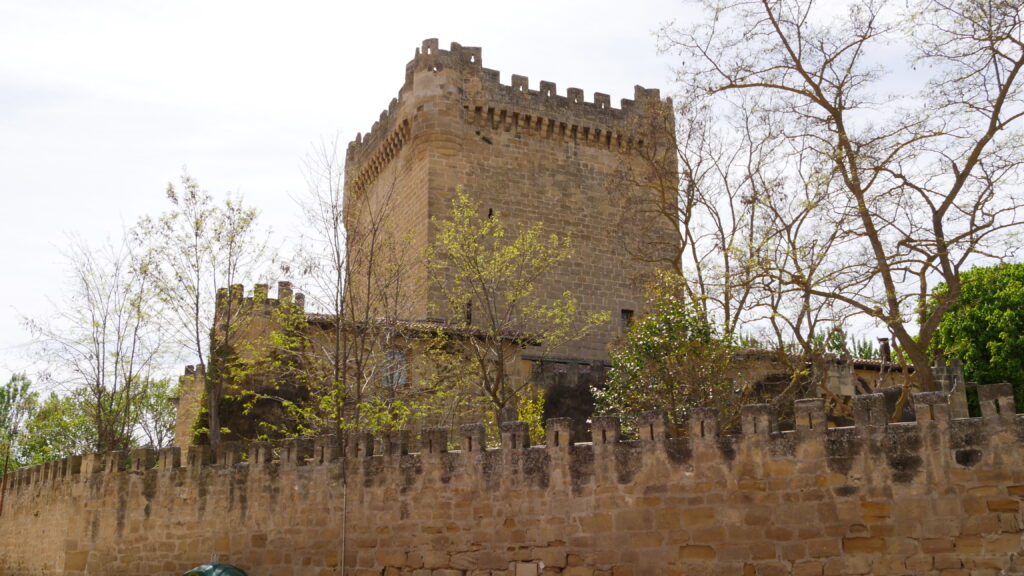
In the 16th century, the union of Pedro de Velasco and Marta de Rojas y Osorio marked the foundation of the entailed estate, and the coat of arms carved on the pointed arch of the north wall, defended by a beautiful machicolation, is a testament to their legacy. Since 1980, the castle has been listed as a Site of Cultural Interest in the Monument category, recognising its historical and architectural value. At the foot of the fortress, an old 19th-century wash house takes advantage of the nearby river waters, adding a picturesque touch to the ensemble.
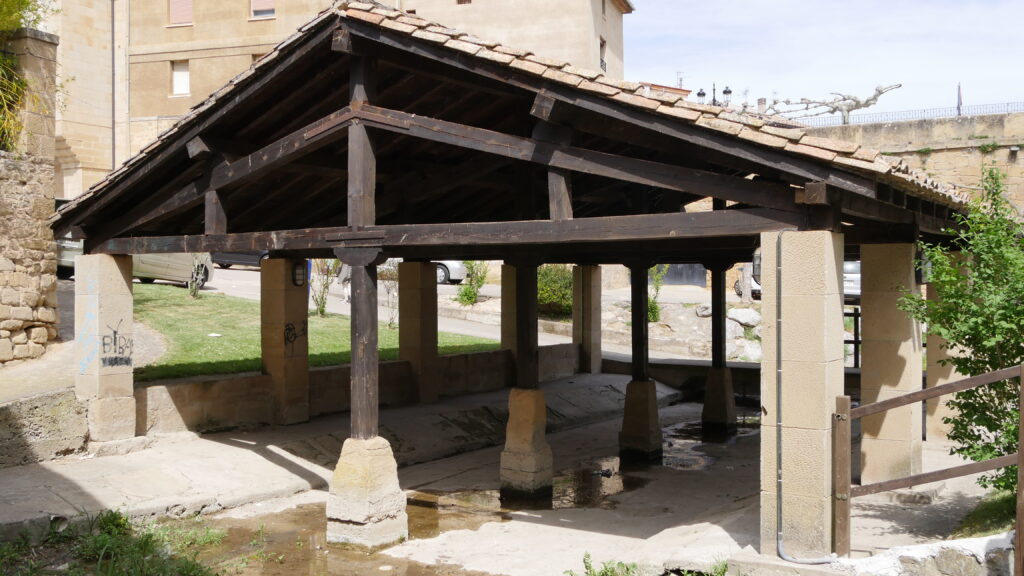
The Church of San Miguel: Baroque with character
In the heart of the Plaza Mayor, the Church of San Miguel Arcángel stands majestically, declared a National Monument since 1978. This masterpiece of La Rioja Baroque, built between 1753 and 1766 with sandstone from local quarries, is an architectural marvel. Its main façade is a symphony of curves, with a convex central plane and concave sides that create a wavy effect, culminating in a curvilinear pediment with volutes and columns.

The tower, which rises in the middle of the façade, has an octagonal body superimposed on a square one, crowned by a capital with a multitude of pinnacles, following the guidelines of La Rioja Baroque style spread by the Raón family. The interior, with a rectangular floor plan with three naves, a chancel and a high choir, housed a neoclassical altarpiece by Miguel Antonio de Jáuregui, which was unfortunately destroyed in a fire in 1974 that also affected the roofs and the organ. Despite this event, the church remains a pillar of the local heritage.
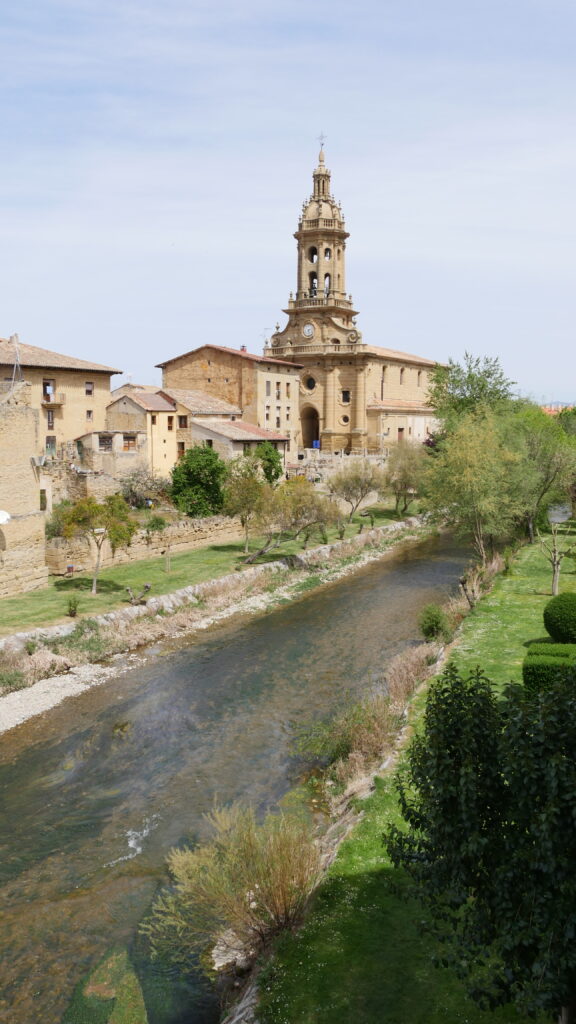
The chapels of the soul: Sorejana and Tironcillo
In the surroundings of the town, we find two hermitages that form part of the spiritual and emotional heritage of its inhabitants. The Hermitage of Nuestra Señora de Sorejana, located 1.5 km upstream, is a late Romanesque construction from the 12th century and the only vestige of the old village of Sorejana. It was declared a Site of Cultural Interest in 1981.
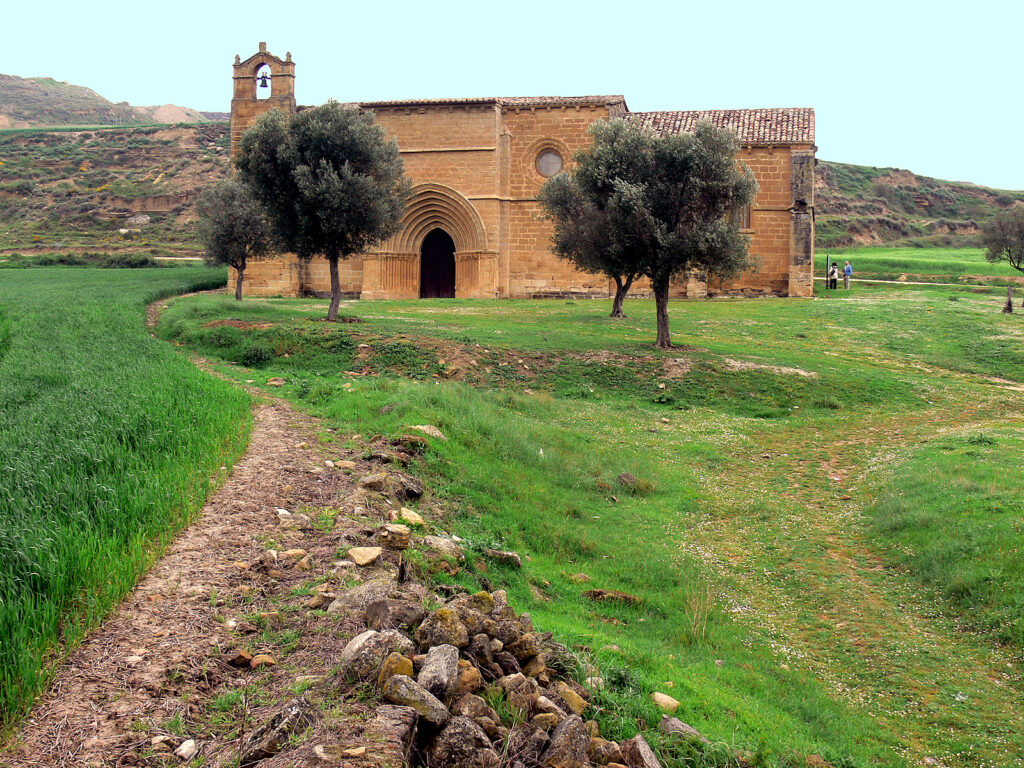
On the other hand, 3 km downstream is the Hermitage of Nuestra Señora de Tironcillo, built in the 18th century in the Baroque style. Its name refers affectionately to the River Tirón, and the devotion to the image of the Virgin of Tironcillo is deeply felt among the locals, who celebrate her in some of the most important festivities of the year.
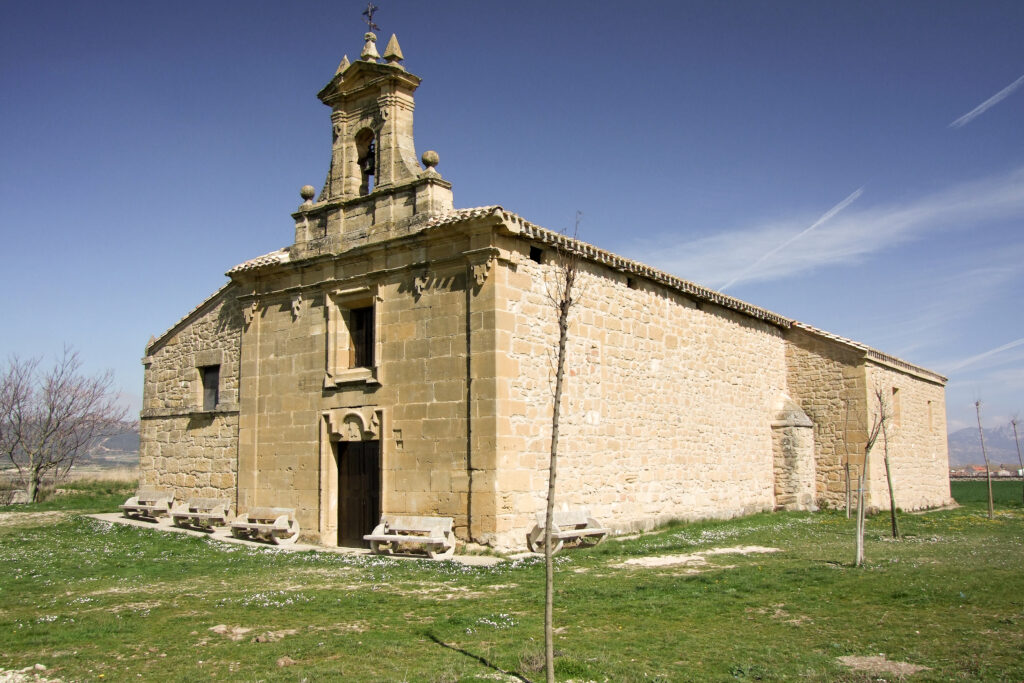
Stroll through the historic quarter: stone beauty and geraniums
A stroll through the historic quarter of Cuzcurrita is an experience in itself. From the Plaza Mayor, the urban layout still preserves its medieval layout with narrow streets, stately houses, wrought-iron balconies and facades decorated with flowers. It is a charming route where the elegance of Baroque architecture coexists with rural simplicity, reflecting centuries of history and life. The small palaces with coats of arms, carved stone, wooden balconies and peaceful atmosphere make this town the perfect place to lose yourself with your camera in hand. There is also no shortage of small wineries, local shops and corners with traditional flavour.
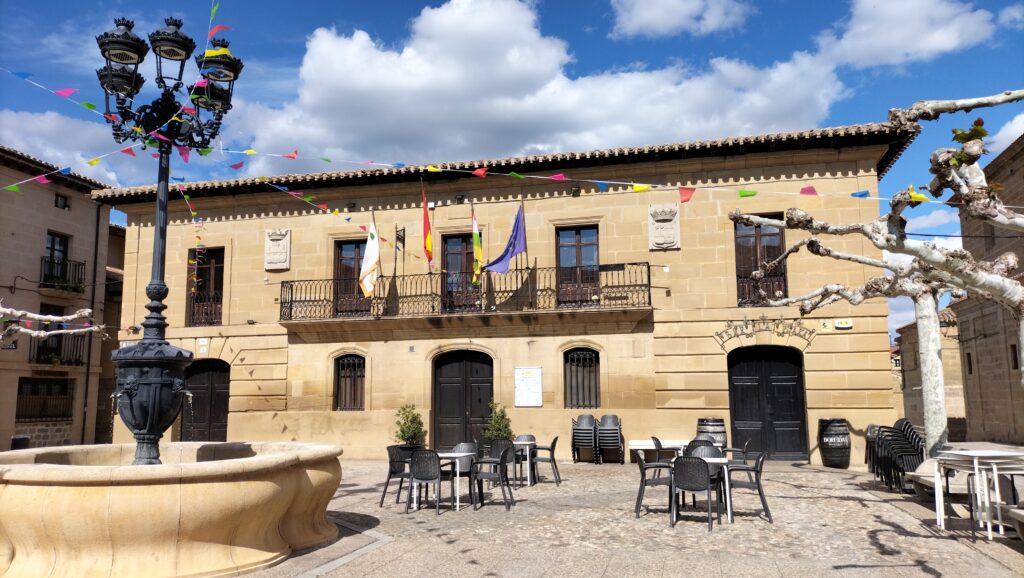
El Rollo and El Bolo Hill
On the outskirts of the town, on El Bolo hill, stands El Rollo, a monument that was once the unmistakable symbol of Cuzcurrita’s status as a place of lordship, endowed with the power to administer justice. El Bolo hill, in addition to housing this historic landmark, is a symbol of the town and offers a privileged natural setting.
Hiking among vineyards, water and mountains
In addition to its heritage, Cuzcurrita offers an attractive network of trails that allow you to discover its natural environment on routes that are accessible to all. Among the most recommended are:
- Presa del Río Trail
- Paseo del Río Tirón
- Ermita de Sorejana Trail
- Tironcillo Hermitage Trail
- El Bolo Mountain Trail
These trails take us through vineyards, along the river, or up to the top of the hills, offering the chance to enjoy the native flora, birdsong and unforgettable views. It is also a great way to connect with the wine culture that permeates every corner of the valley.
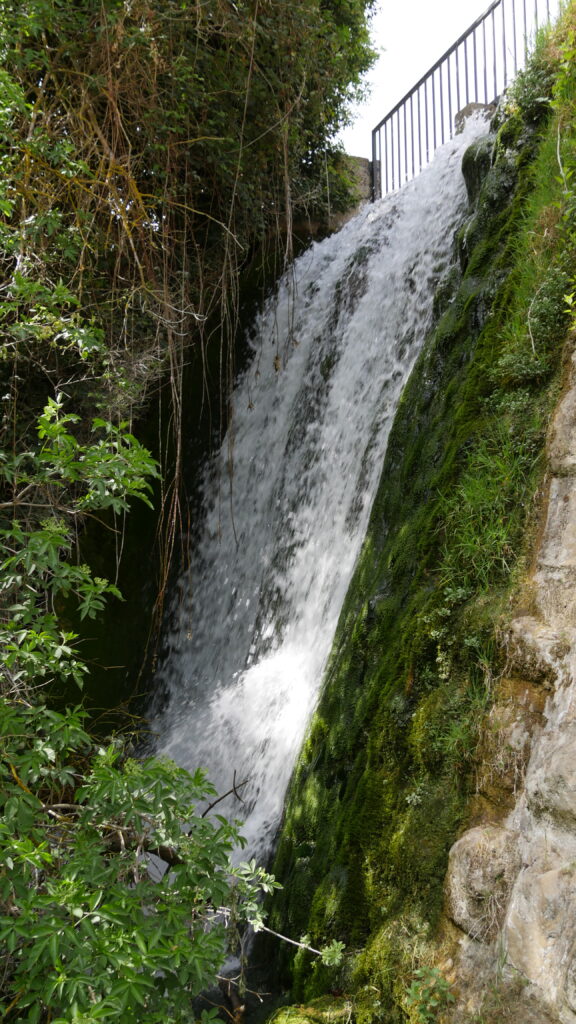
Tradition and devotion: festivals with soul
Cuzcurrita fervently celebrates its traditional festivities, many of which are linked to the Virgin of Tironcillo and the Virgin of Sorejana, figures deeply venerated by the locals. Among the most notable celebrations are:
- On the weekend before Pentecost, the Virgin of Sorejana is carried in procession to her chapel.
- Pentecost is a festival in honour of Our Lady of Tironcillo, with an emotional pilgrimage to her chapel.
- On 27 May, the festival of Tironcillo is celebrated.
- On 8 September, the image of the Virgin of Sorejana returns in procession from her chapel to the parish church of San Miguel Arcángel.
- From 29 September to 1 October, the festivities in honour of San Miguel Arcángel are the highlight of the festive calendar, with the 29th being the big day for mass and processions.
These festivities are a living expression of the traditions of Cuzcurrita, combining religion, popular culture and gastronomy, with dancing, family gatherings and the ever-present local wine.
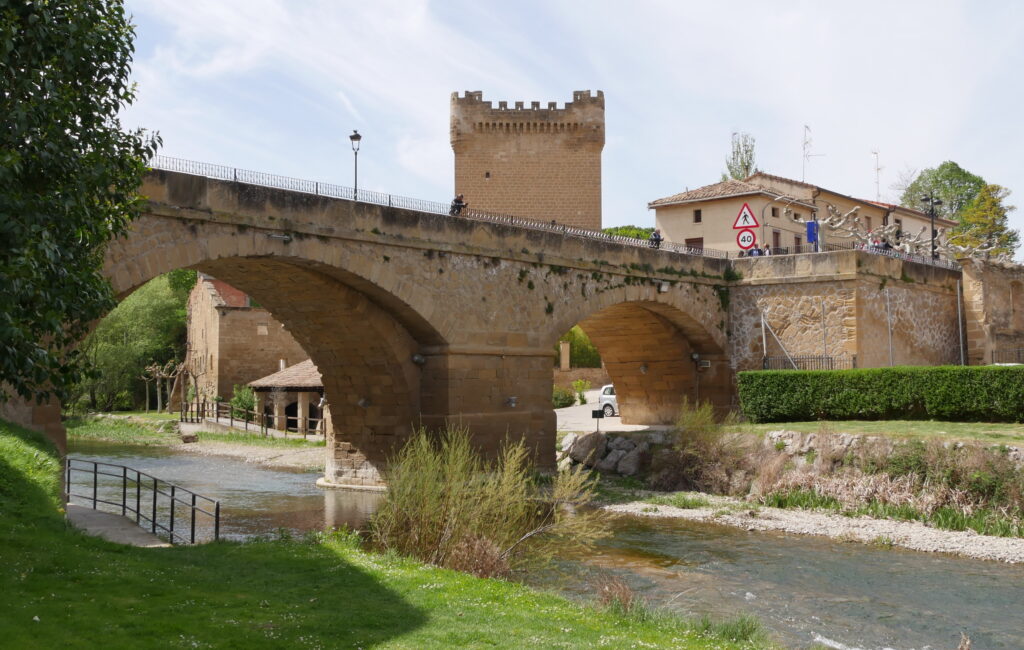
What to see in the surrounding area
If you have more time, don’t miss other nearby gems:
- Casalarreina, with its Monastery of La Piedad. 9 minutes via Av. de la Paz/N-232A.
- Villoslada de Cameros: a village nestled in the Sierra Cebollera mountains. 1 hour and 17 minutes via the AP-68 and N-111 motorways (tolls apply).
- Alberite: a municipality steeped in history, 7 kilometres from Logroño. 43 minutes away via the AP-68 motorway (toll road).
- Sajazarra: recognised as one of Spain’s most beautiful villages. 8 minutes away via the LR-209.

Where to stay in Cuzcurrita de Río Tirón
Despite its small size, Cuzcurrita has some charming places to stay overnight. From charming rural accommodation to small hotels steeped in history, sleeping here is part of the experience. You can choose a stately home converted into a boutique hotel, ideal for a romantic getaway, or a traditional hostel if you prefer something simpler but cosy. Many of them are just a short walk from the castle or the wineries, and offer homemade breakfasts, interior courtyards and a friendly atmosphere that invites you to stay for more than one night. Here are the 3 best options, which are also suitable for all budgets:

A land of wine that ‘takes away all your troubles’
Are you looking for a peaceful destination, steeped in history, with natural landscapes, trails, monumental heritage and a wine to remember? Cuzcurrita de Río Tirón awaits you with open arms, among centuries-old stones, walls that whisper ancient tales and a river that, like its people, flows with a soul of its own. A local jota expresses it gracefully: ‘In Spain there is a Rioja / and in La Rioja there is a Cuzcurrita, / and in Cuzcurrita there is a claret / that takes away all your sorrows.’ A phrase that aptly sums up what this town has to offer: authenticity, flavour and joie de vivre. To make the most of your getaway, here are some useful products you can purchase before your trip so that you are well prepared:
- Hiking shoes
- Snorkel set
- Compact microfibre towel
- Waterproof sun cream
- Polarised sunglasses
- Non-slip flip flops
- Anti-theft backpack
In this article you will find some affiliate links. If you book or buy something through them, you help us to continue creating independent and useful content, at no extra cost to you. Thank you very much for making this possible!
Photo Credits
Below are the photo credits in order of appearance. Royalty-free photos will not be listed below:
- Cover Image: Juanje 2712, CC BY-SA 4.0, via Wikimedia Commons
- Paulahernaez, CC BY-SA 4.0, via Wikimedia Commons
- Jynus, CC BY-SA 4.0, via Wikimedia Commons
- Jynus, CC BY-SA 4.0, via Wikimedia Commons
- Jynus, CC BY-SA 4.0, via Wikimedia Commons
- Pigmentoazul, CC BY-SA 4.0, via Wikimedia Commons
- Juanma232, CC BY-SA 4.0, via Wikimedia Commons
- Ibai1984, CC BY-SA 4.0, via Wikimedia Commons
- Jynus, CC BY-SA 4.0, via Wikimedia Commons
- Jynus, CC BY-SA 4.0, via Wikimedia Commons
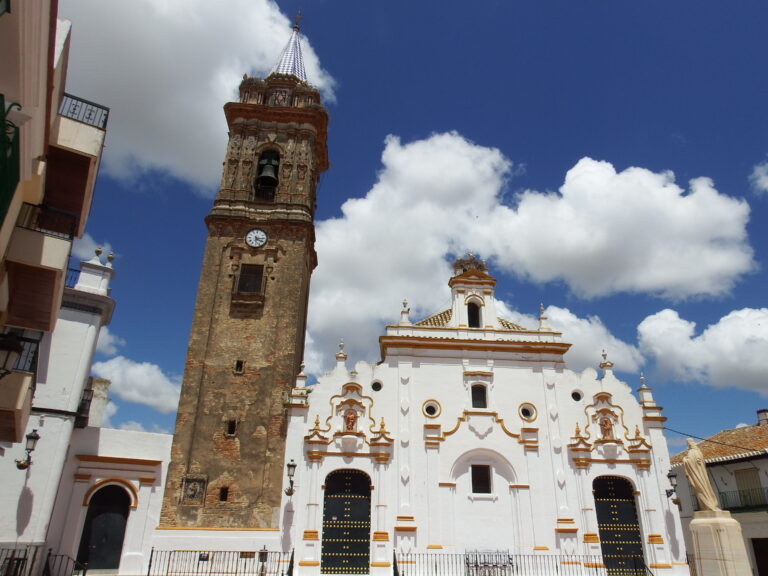

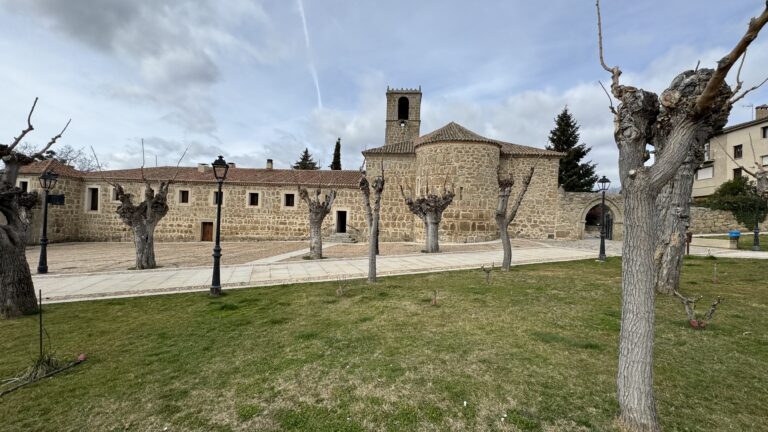
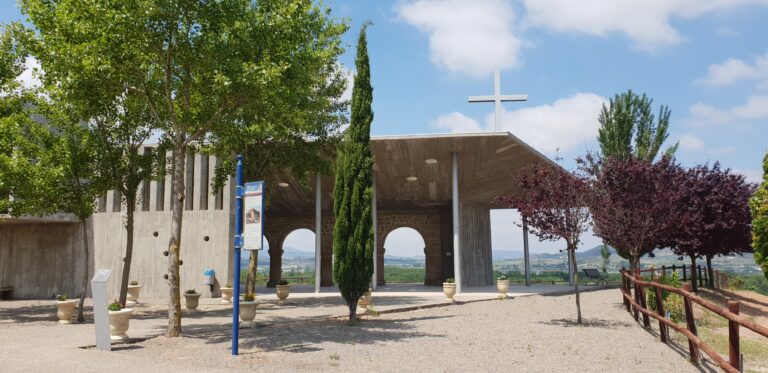
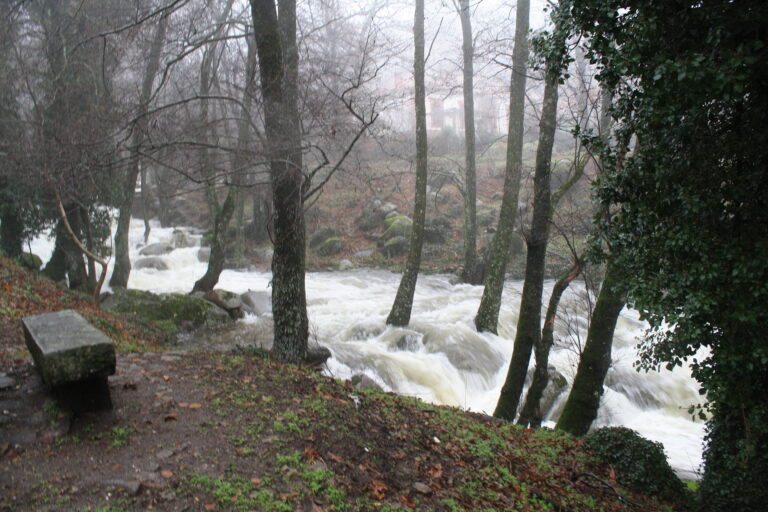
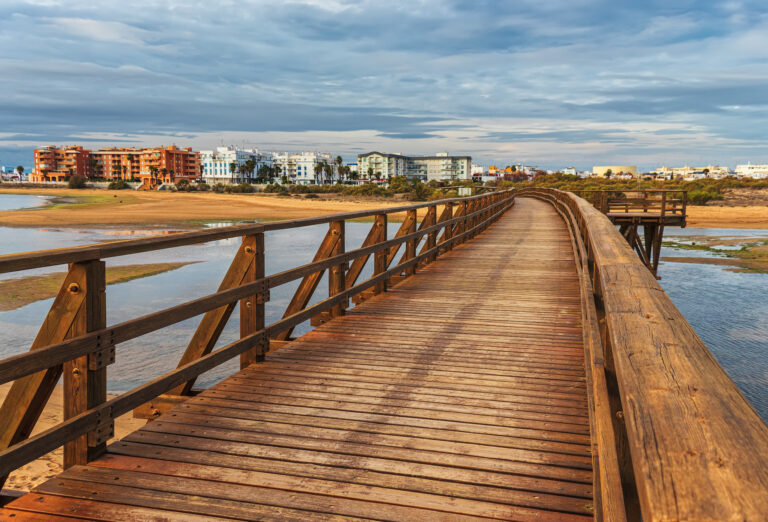
2 Comments